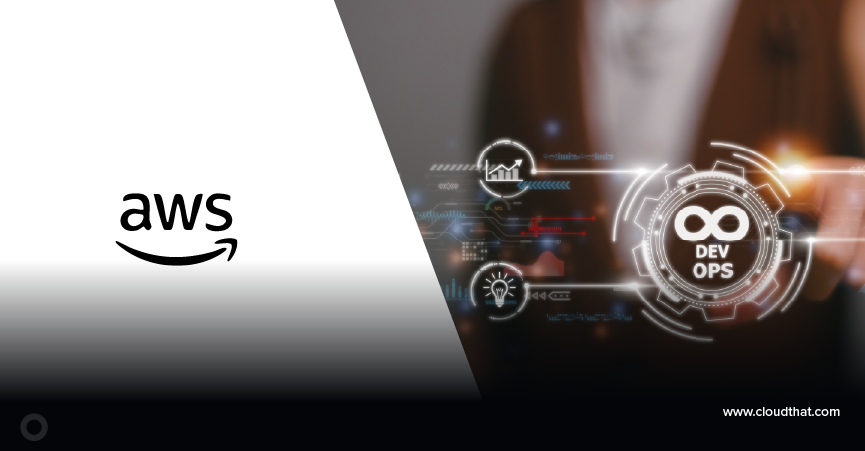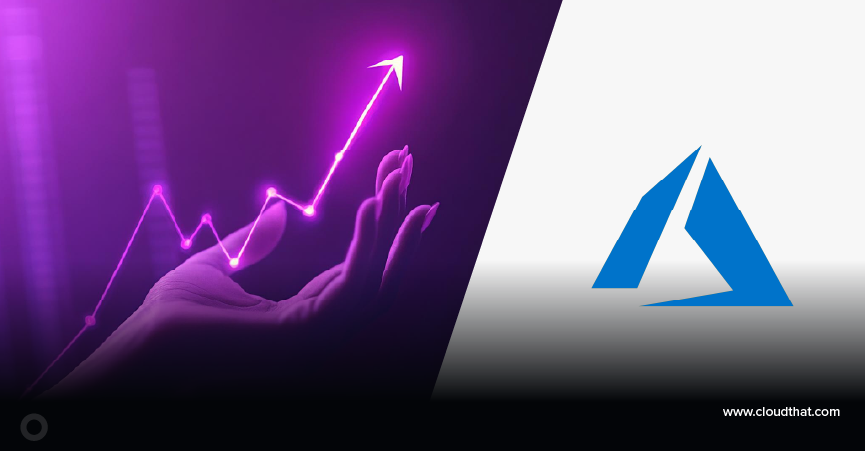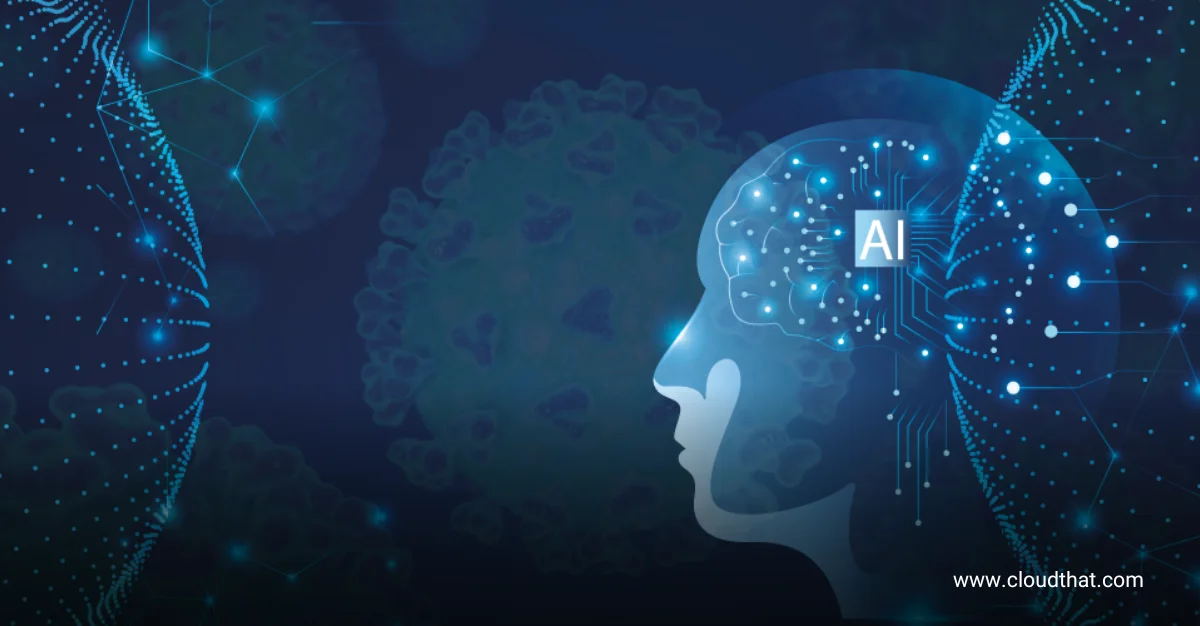|
Voiced by Amazon Polly |
Overview
In today’s data-driven world, there is the ability to analyze complex data and combine it into meaningful content effectively. Businesses and organizations rely on data insights to make decisions, improve, and innovate. However, traditional literature often falls short when dealing with relationships and relationships in modern literature. This is where graph semantics come into play, providing a powerful and intuitive way to model and analyze these relationships. Behind the tool is a powerful database engine (ADX), Fabric real-time analytics, and more. This new extension brings the power of graphical visualization to Kusto, allowing users to maximize the potential of their data by representing the data as a graphical data model consisting of connecting lines and edges. Charts are useful for visualizing and analyzing relationships and collaborations, such as discussion opportunities, user input, network assets, and images depicting information.
Pioneers in Cloud Consulting & Migration Services
- Reduced infrastructural costs
- Accelerated application deployment
The Power of Graphs in Data Analysis
Diagrams are ideal for representing many-to-many relationships, hierarchies, and network structures. Unlike traditional tabular data, which often struggles to capture the complexity of data relationships, charts are good at describing interrelated areas. This makes them indispensable for many applications, from social mapping and optimization algorithms to monitoring connected devices and organizing public information.
Simple and Intuitive Syntax
Kusto’s graph semantic extension is designed to be user-friendly, with a simple and intuitive syntax that integrates seamlessly with the Kusto Query Language (KQL). Users can easily create and query charts without learning a completely new language. This integration allows the use of powerful KQL features such as grouping, filtering, unbundling, role windows, time control, geospatial operations, and machine learning.
Time-Aware Graphs
One of the main features of extended semantic display is that it supports time-sensitive images. This update allows the creation of charts based on the activity of events. Users can analyze how the graph changes over time, providing a better view of how relationships and behaviors change. This time is critical to understanding change, identifying vulnerabilities, and making data-driven predictions.
Real-World Applications and Use Cases
The Graph Semantics extension in Kusto unlocks many possibilities across various industries and domains. Here are some detailed examples of how this powerful tool can be applied:
Social Networks
Understanding User Interactions and Community Dynamics:
Social media is built on relationships and relationships between users. By representing these relationships in graphs, companies can determine how users interact with each other, identify groups of individuals with similar relationships, and understand the dynamics in communities. This helps curate content, keep users engaged, and strengthen community connections.
Identifying Key Influencers:
Graph semantics can highlight highly influential users within their network by identifying nodes (users) with high centrality measures. These influencers can be crucial for marketing campaigns, content dissemination, and trendsetting within the network.
Detecting Emerging Trends:
Organizations can detect emerging trends and topics of interest by continuously monitoring and analyzing the graph structure. This enables timely responses to market shifts, user preferences, and viral content.
Recommendation Systems
Enhancing Recommendation
Engines: Recommendations are improved by understanding user preferences and behavior. Companies can identify patterns and preferences by representing users and products as nodes in the diagram and their interactions as edges. Graph semantics helps identify similar users or activities, resulting in personalized and accurate recommendations.
Collaborative Filtering:
Graph-based collaborative filtering can enhance traditional recommendation algorithms by leveraging the relationships between users and items. For example, if two users have interacted with similar items, the system can recommend items that one user has interacted with to the other user.
Contextual Recommendations:
Time-aware graphs allow recommendation systems to consider the temporal aspect of interactions. This enables the system to provide recommendations based on recent user activities and trends, making them more relevant and timely.
Conclusion
Drop a query if you have any questions regarding Kusto and we will get back to you quickly.
Empowering organizations to become ‘data driven’ enterprises with our Cloud experts.
- Reduced infrastructure costs
- Timely data-driven decisions
About CloudThat
CloudThat is an award-winning company and the first in India to offer cloud training and consulting services worldwide. As a Microsoft Solutions Partner, AWS Advanced Tier Training Partner, and Google Cloud Platform Partner, CloudThat has empowered over 850,000 professionals through 600+ cloud certifications winning global recognition for its training excellence including 20 MCT Trainers in Microsoft’s Global Top 100 and an impressive 12 awards in the last 8 years. CloudThat specializes in Cloud Migration, Data Platforms, DevOps, IoT, and cutting-edge technologies like Gen AI & AI/ML. It has delivered over 500 consulting projects for 250+ organizations in 30+ countries as it continues to empower professionals and enterprises to thrive in the digital-first world.
FAQs
1. What is the Graph Semantics extension?
ANS: – The Graph Semantics extension is a new feature in Kusto that allows users to create, query, and analyze graph data using Kusto Query Language (KQL). It enables users to represent complex relationships within their data as graphs, facilitating deeper insights and more intuitive analysis.
2. How do time-aware graphs work in Kusto?
ANS: – Time-aware graphs in Kusto allow graph data to be modeled as a time series of graph manipulation events. This means users can analyze the evolution of their graphs over time, tracking how relationships and properties change and identifying trends or anomalies within the graph data.
3. Is the Graph Semantics extension ready for production use?
ANS: – No, the Graph Semantics extension is currently in public preview. It is available for testing and feedback but is not yet recommended for production use. Microsoft Azure encourages users to explore the feature and provide feedback to help improve it.

WRITTEN BY Shubham Namdev Save
Shubham Save is a Research Associate at CloudThat, specializing in a wide range of AWS services with hands-on experience in Amazon EMR, Redshift, Aurora, DynamoDB, and more. Known for his punctuality and dedication, he is committed to delivering high-quality work. Passionate about continuous learning, Shubham actively explores emerging technologies and cloud innovations in his free time, ensuring he stays ahead in the ever-evolving tech landscape.


 Login
Login


 August 2, 2024
August 2, 2024 PREV
PREV










Comments